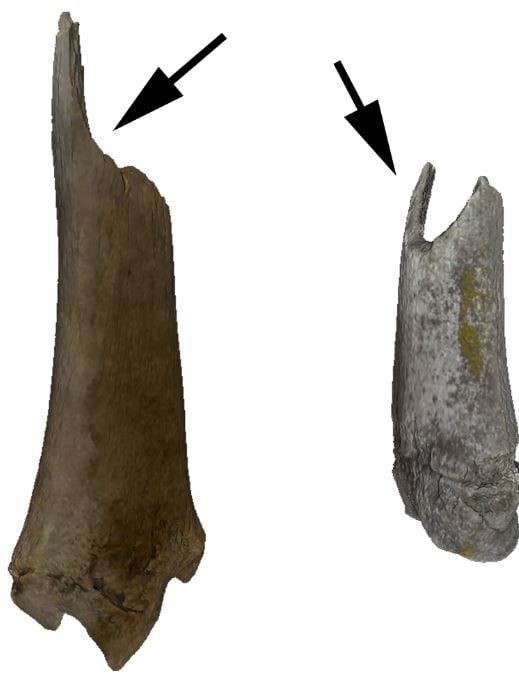Horses and Indigenous South American Societies
The integration of Spanish horses into Indigenous South American societies occurred centuries before Europeans established permanent settlements, according to a new study. Archaeological evidence from the Patagonian region of Argentina indicates that Indigenous hunter-gatherers incorporated these equines into their cultures by the early 1600s.
Early Adoption of Spanish Horses
The focus keyword for this article is “Indigenous South Americans and Spanish horses.” This study, published in Science Advances, challenges previously held beliefs about the timeline of European influence in South America. Researchers, led by archaeozoologist William Taylor from the University of Colorado Boulder, analyzed horse remains from Chorrillo Grande 1. Their findings reveal that local communities had integrated Spanish horses into their way of life around 400 years ago.
Archaeological Evidence from Patagonia
The archaeological site of Chorrillo Grande 1 yielded significant discoveries. Researchers unearthed partial horse leg bones and six teeth, which were subjected to DNA analysis. The results identified three domestic horses: one male adult and two female juveniles. Radiocarbon dating of these specimens, along with food crusts on pottery pieces, placed human activity at the site between 1599 and 1653.
Incorporation into Indigenous Cultures
Spaniards first reached south-central South America around 1536 but retreated north after a few years, leaving behind livestock, including horses. Indigenous hunter-gatherers in Patagonia integrated these animals into their societies long before Europeans permanently settled the region in the mid-1800s. The study concludes that these horses became a vital part of Indigenous life, a century or more before European occupation.
Roles of Horses in Indigenous Societies
The integration of horses into Indigenous cultures was multifaceted. Historical records indicate that Native American groups across southern South America used horses for herding, hunting, and ceremonial purposes. They also created items such as tents and stringed instruments from horse products. The consumption of horse meat and blood by local Tehuelche hunter-gatherers was documented by Europeans in Patagonia during the 1800s.
Comparative Findings in North America
The study’s findings align with related research indicating that offspring of horses brought by Spaniards to Mexico in 1519 reached Indigenous people in North America by the early 1600s. This occurred before these groups encountered Europeans, highlighting a broader pattern of early horse adoption across the Americas.
DNA and Radiocarbon Dating
The DNA analysis of the horse remains from Chorrillo Grande 1 provided critical insights into the early presence of domesticated horses in Patagonia. Radiocarbon dating of the specimens and associated artifacts confirmed the timeline, placing Indigenous interaction with these animals firmly in the early 17th century.
Cultural and Economic Impact
The incorporation of horses significantly impacted Indigenous cultures. Horses provided new opportunities for mobility, hunting, and warfare. They became integral to the social and economic fabric of Indigenous societies, transforming traditional ways of life. The study suggests that Indigenous South Americans quickly adapted to and capitalized on the advantages offered by these animals.
Conclusion: Reevaluating Historical Timelines
This study prompts a reevaluation of historical timelines regarding European influence in South America. It underscores the resilience and adaptability of Indigenous communities in integrating new elements into their cultures. The early adoption of Spanish horses by Indigenous South Americans exemplifies their resourcefulness and innovation long before European settlers established permanent colonies.
Summary Table
| Key Learning Points |
|---|
| Indigenous South Americans integrated Spanish horses by the early 1600s. |
| Archaeological evidence from Patagonia supports this timeline. |
| Spaniards left livestock, including horses, in South America around 1536. |
| Horses played multifaceted roles in Indigenous cultures. |
| DNA analysis and radiocarbon dating confirmed the early presence of horses. |
| Study aligns with findings in North America regarding early horse adoption. |
| Prompts reevaluation of historical timelines of European influence. |

Sunil Garnayak is an expert in Indian news with extensive knowledge of the nation’s political, social, and economic landscape and international relations. With years of experience in journalism, Sunil delivers in-depth analysis and accurate reporting that keeps readers informed about the latest developments in India. His commitment to factual accuracy and nuanced storytelling ensures that his articles provide valuable insights into the country’s most pressing issues.



